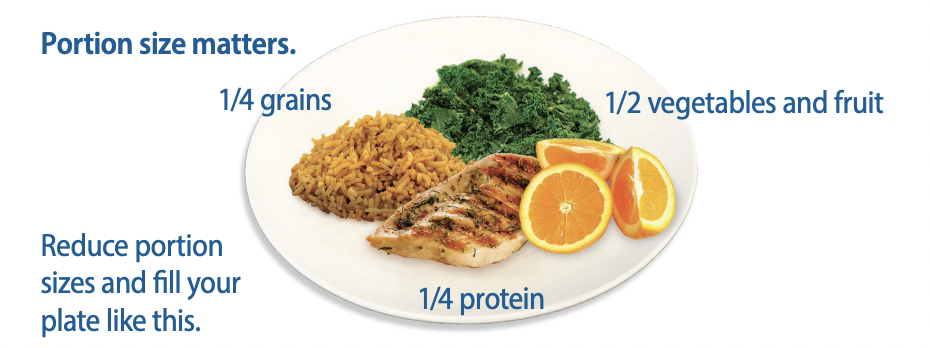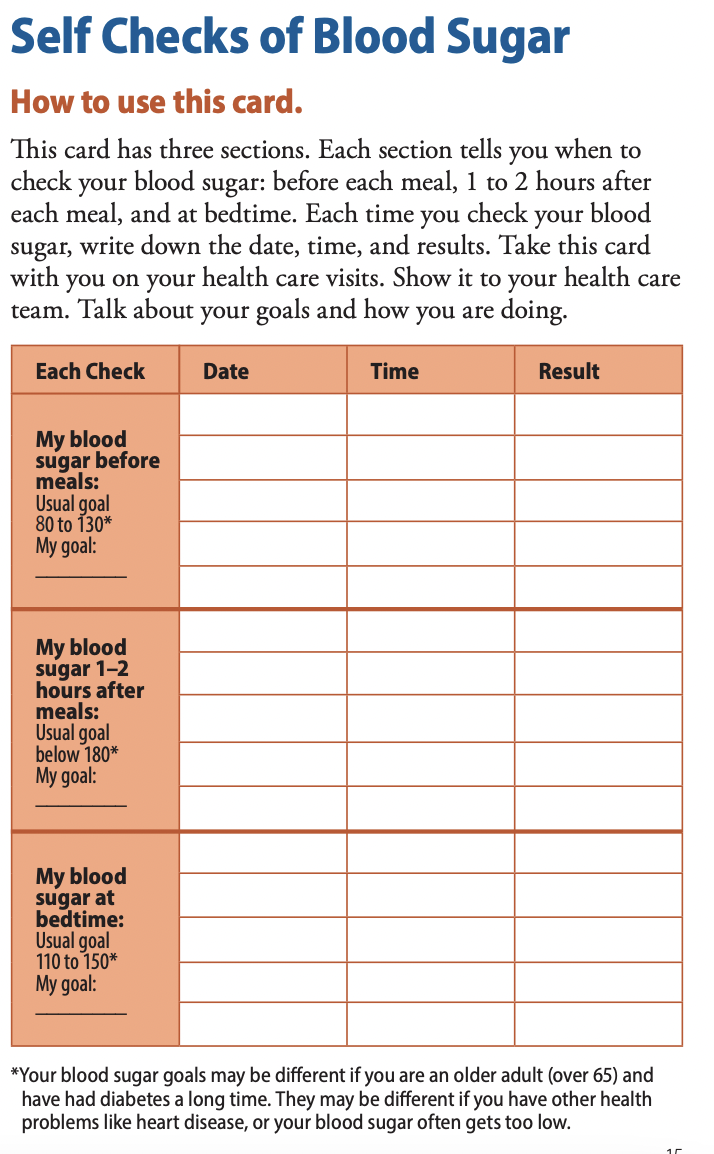Diabetes
Resources in Baltimore, MD for Diabetes Management:
MD Dpt of Health Diabetes Management Programs: https://health.maryland.gov/phpa/ccdpc/diabetes/Pages/local-classes.aspx
Diabetes Resource Center at Sinai: https://www.lifebridgehealth.org/Sinai/TheDiabetesResourceCenteratSinai.aspx
MD Diabetes Programs and Support Groups: https://www.marylandphysicianscare.com/wp-content/uploads/2020/12/MPC_Members-Diabetes_Programs_and_Support_Groups_in_Maryland.pdf
UM BW Medical Center Diabetes and Nutrition Classes: https://www.umms.org/bwmc/health-services/diabetes-endocrinology/nutrition-classes
1) Know your diabetes ABC’s
1) Ask your healthcare provider what your AlC, blood pressure, and cholesterol numbers are and what they should be.
A1 is a blood test that measures your average blood sugar level over the past three months. It is different from the blood sugar checks you do each day.You need to know your blood sugar levels over time. You don’t want those numbers to get too high. High levels of blood sugar can harm your heart, blood vessels, kidneys, feet, and eyes.
Blood pressure is the force of your blood against the wall of your blood vessels. If your blood pressure gets too high, it makes your heart work too hard. It can cause a heart attack, stroke, and damage your kidneys and eyes.
Cholesterol includes two types—LDL and HDL. LDL or “bad” cholesterol can build up and clog your blood vessels. It can cause a heart attack or stroke. HDL or “good” cholesterol helps remove the “bad” cholesterol from your blood vessels.
2) Write down your numbers to track your progress and reach your ABC goals.
Use this table to help manage your ABCs.
2) Learn to live with diabetes
Cope with your diabetes
Stress can raise your blood sugar, so learn ways to lower your stress:
Deep breathing, gardening, taking a walk, meditating or listening to music.
Find someone who’d be willing to listen to your concerns: a mental health counselor, support group, clergy member, or friend/family.
Eat well
Choose foods lower in calories, saturated fat, trans fat, sugar, and salt.
Eat foods with more fiber, such as whole grain cereals, breads, rice, crackers, or pasta.
Drink water instead of juice and regular soda.
Be active
Set a goal to be more active most days of the week. Start slow by taking 10 minute walks, 3 times a day.
Twice a week, work to increase your muscle strength. Use stretch bands, do yoga, heavy gardening (digging and planting with tools), or try push-ups.
Stay at or get to a healthy weight by using your meal plan and moving more.
Know what to do everyday
Take your medicines.
• Check your feet every day for cuts, blisters, red spots, and swelling. Call your health care team right away about any sores that do not go away.
Brush your teeth and floss every day to keep your mouth, teeth, and gums healthy.
Stop smoking. Ask for help to quit. Call 1-800-QUITNOW (1-800-784-8669).
Keep track of your blood sugar. You may want to check it one or more times a day.
Check your blood pressure if your doctor advises and keep a record of it.
Talk to your health care team
Ask your doctor if you have any questions about your diabetes.
Report any changes in your health
Chart to check your blood sugar progress.
3) Get routine care to stay healthy
See your health care team at least twice a year to find and treat any problems early.
At every visit, be sure you have a:
1) blood pressure check
2) foot check
3) weight check
4) review of your self-care plan
Two times each year, have an:
A1C test. It may be checked more often if it is over 7.
Once ear year, be sure you have a:
1) cholesterol test
2) complete foot exam
3) dental exam to check teeth and gums
4) dilated eye exam to check for eye problem
5) flu shot
6) urine and a blood test to check for kidney problems
At least once in your lifetime, get a:
1) pneumonia shot
2) hepatitis B shot
If you have Medicare, check to see how your plan covers diabetes care. Medicare covers some of the costs for:
1) diabetes education
2) diabetes supplies
3) diabetes medicine
4) visits with a dietician
5) special shoes, if needed
Use this chart to monitor your health after every medial examination.




